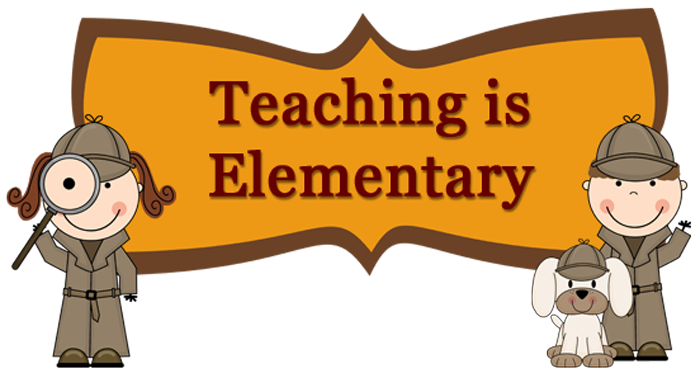 |
| Adding words to Keep it or Junk it List |
The activity is called "Keep it or Junk it!" Here is a great video of another fifth grade teacher showing how she uses it in the classroom.
A small reading group provided me with the perfect opportunity to try it out before forging ahead with the whole class. Students finished reading and discussing a story called, "Ranches in the Southwest." After re-reading a certain section I gave them the focus question: "How do cattle ranches affect the environment?"
To start Keep it or Junk it, the students should be familiar with the text (having read the selection more than once.) Using the focus as a guide, students were instructed to select words from the
 |
| Final Product |
When the list was finalized students got down to actually answering the question. The great thing was that by the end of this activity (which spanned 2 small group times) they students had seen the focus question many times and discussed the words in relation to the question. So in essence, they had been answering the question all along!
Listen in as our group works through this activity: (apologize in advance for the noise in background - still worth a listen).
This activity is something I plan to incorporate with the whole class as I really saw the benefits. Each student was able to correctly articulate the effects of cattle ranches on the environment. It is my hope that after modeling this enough times that students will transfer that and complete the activity without prompting.
Have you tried this type of activity? What are some of your strategies for guiding students to analyze text? Please share in the comment section below!


